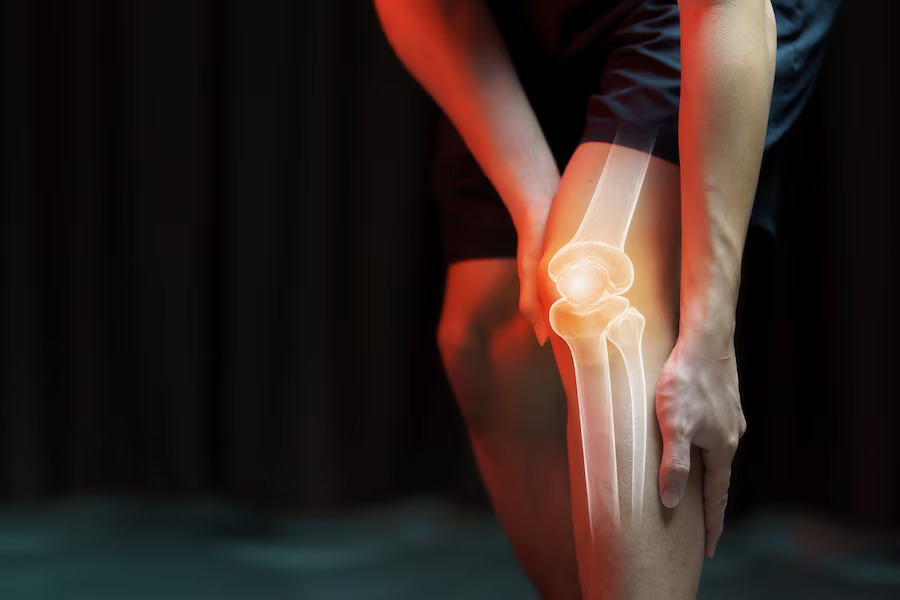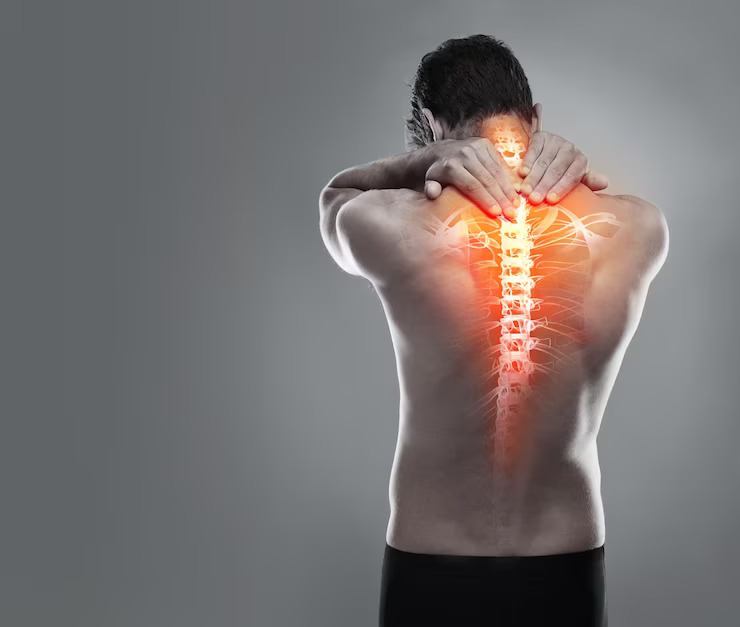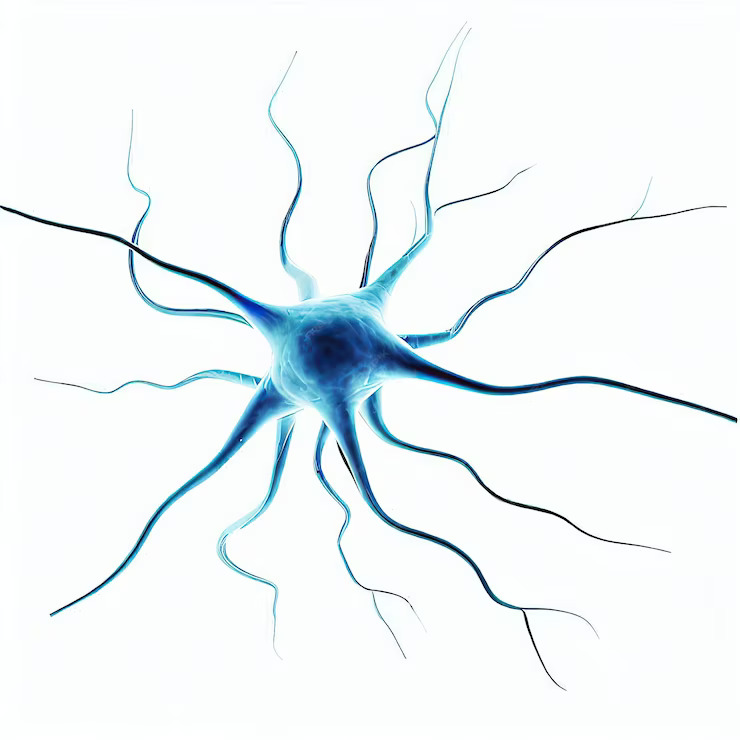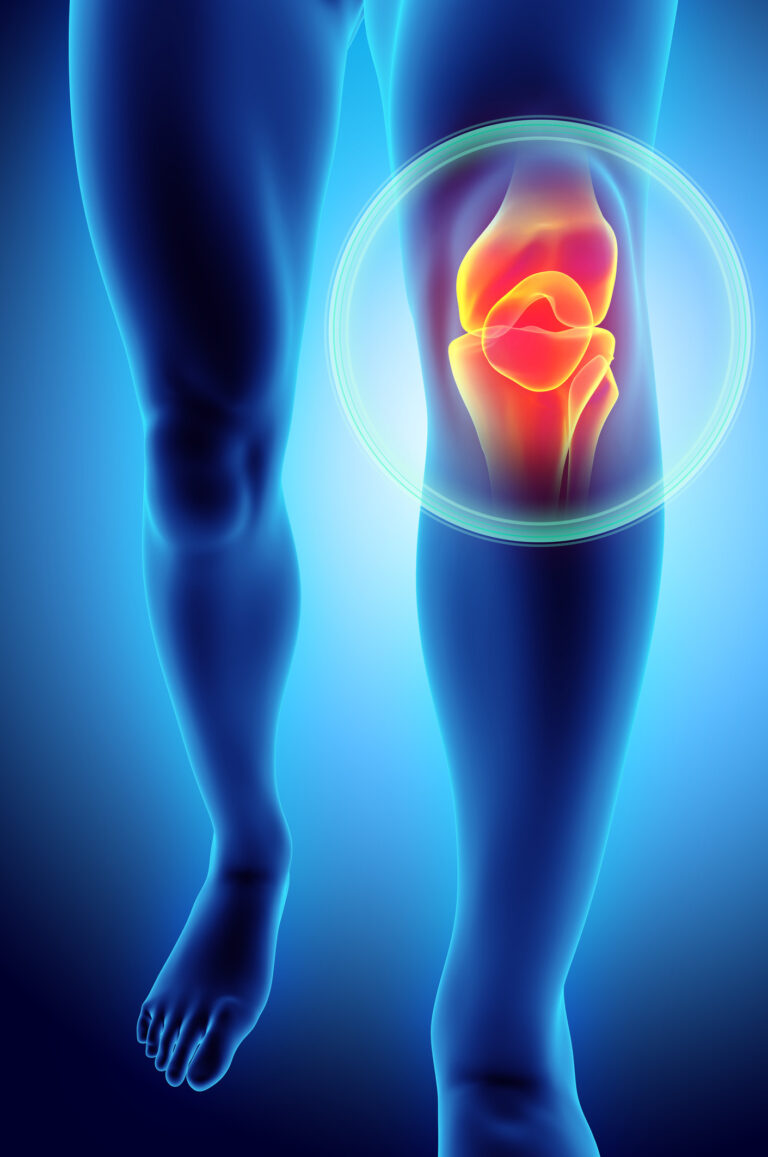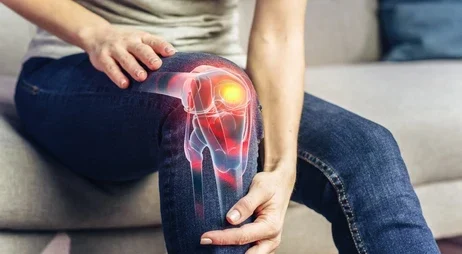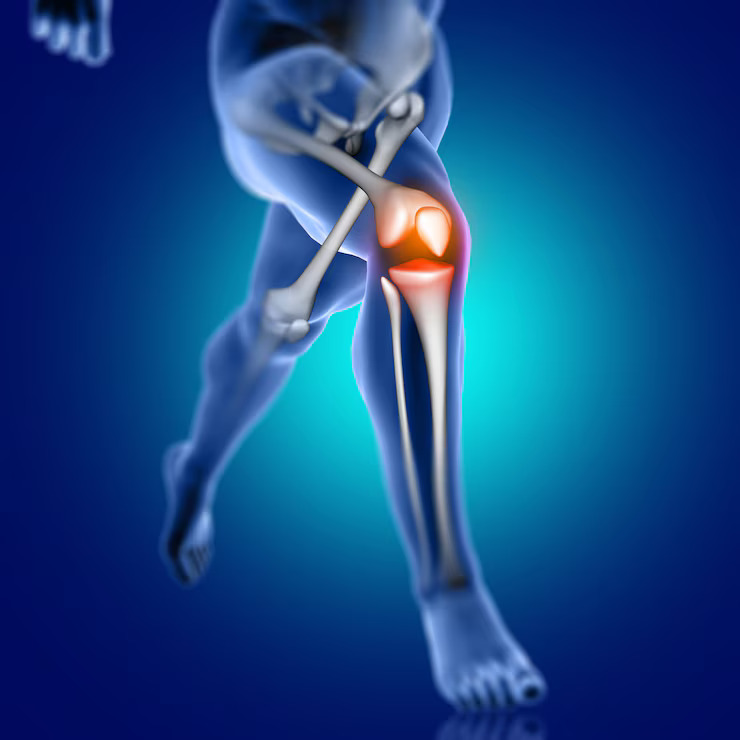Common Types Of Knee Pain: A Comprehensive Overview
Knee pain is a prevalent complaint that affects people of all ages, from athletes to the elderly. It can significantly impact mobility and quality of life, making it essential to understand the various types of knee pain and their underlying causes. In this comprehensive overview, we will explore some of the most common types of knee pain and their associated symptoms.
To Know More About It Please Click Here
Osteoarthritis
The progressive loss of knee joint cartilage is a hallmark of osteoarthritis, a degenerative joint condition. This can lead to pain, stiffness, swelling, and reduced range of motion. Individuals with osteoarthritis often experience increased discomfort with activity and may notice worsening symptoms over time.
Patellofemoral Pain Syndrome (PFPS)
PFPS, also known as runner’s knee, is a condition characterized by pain around the front of the knee, typically behind or around the kneecap. It often occurs due to overuse, muscle imbalances, or poor biomechanics, leading to irritation of the patellofemoral joint. Symptoms may worsen with activities such as running, squatting, or climbing stairs.
Meniscal Tears:
The meniscus is a rubbery, C-shaped cartilage that acts as a cushion and stabilizer within the knee joint. Tears in the meniscus can occur due to sudden twisting motions or degenerative changes associated with aging. Common symptoms include pain, swelling, stiffness, and a sensation of catching or locking in the knee.
Ligament Injuries
Injuries to the knee ligaments, such as the anterior cruciate ligament (ACL), posterior cruciate ligament (PCL), medial collateral ligament (MCL), or lateral collateral ligament (LCL), are common, particularly among athletes. These injuries frequently come from hard hits to the knee, abrupt stops, and direction changes. Symptoms may include pain, instability, swelling, and difficulty bearing weight.
Tendonitis
Tendonitis refers to inflammation or irritation of a tendon, which connects muscle to bone. In the knee, common forms of tendonitis include patellar tendonitis (also known as jumper’s knee) and iliotibial band syndrome (ITBS). These conditions can cause pain, tenderness, and swelling in the affected area, particularly with activities that involve repetitive knee motion.
Bursitis
Bursitis involves inflammation of the bursae, small fluid-filled sacs that cushion and reduce friction between bones, tendons, and muscles around the knee joint. Prepatellar bursitis, located at the front of the knee, and pes anserine bursitis, located on the inner side of the knee, are two common forms of knee bursitis. Symptoms may include pain, swelling, warmth, and tenderness around the affected bursa.
Iliotibial Band Syndrome (ITBS)
ITBS is a common overuse injury characterized by pain on the outer side of the knee, often resulting from friction between the iliotibial band and the lateral femoral condyle. Runners and cyclists are particularly susceptible to ITBS due to repetitive knee-bending activities. Symptoms typically worsen with activity, including aching, burning, or sharp pain on the outer knee.
Conclusion
Understanding the common types of knee pain and their associated symptoms is crucial for accurate diagnosis and effective management. While many cases of knee pain can be relieved with conservative treatments such as rest, ice, compression, and physical therapy, some may require more advanced interventions, including medication or surgery. If you’re experiencing persistent or severe knee pain, it’s essential to consult with a healthcare professional for proper evaluation and personalized treatment recommendations. By addressing knee pain promptly and appropriately, you can improve your mobility, reduce discomfort, and enhance your overall quality of life.
Also, Follow us on Instagram

